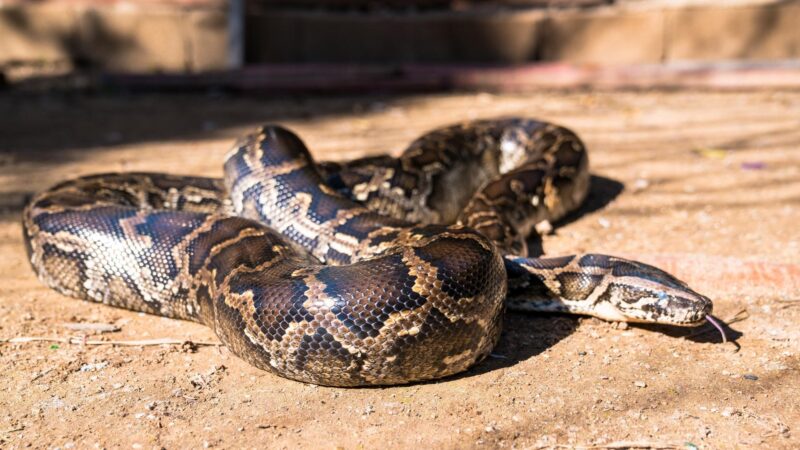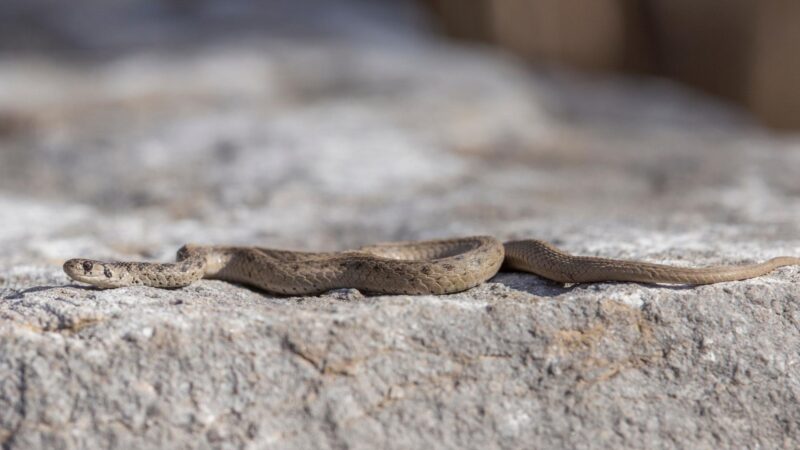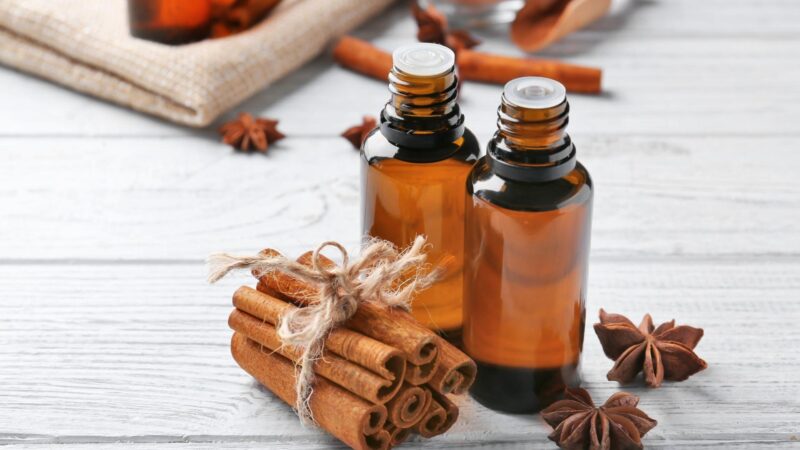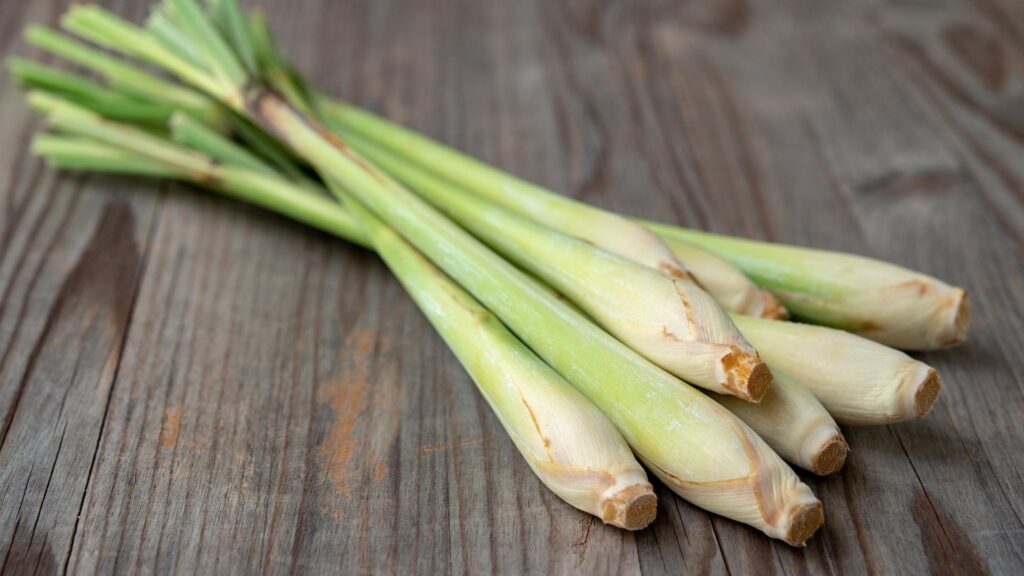Snakes are ectothermic, which means that their body temperature is dependent on external sources.
You will likely encounter snakes during extreme weather conditions as they’re after a warmer place to hibernate or get some sunlight for warmth when it’s too cold. Moreover, they also consider choosing an area that can keep them from flying predators.
Why is snake control in the fall important? Snake control in the fall is important because it’s the time that they seek cool, damp shelter. Your house or other buildings offer refuge for them. They need this kind of shelter to prepare for the cold winter. In addition, some snakes, like rattlesnakes give birth in the fall, so they need a secure place to nest.
Even though non-venomous snakes scare people, they’re harmless. On the other hand, it’s alarming to have venomous snakes around as they can be a health hazard when they bite humans, pets, and livestock.
To prevent everyone from getting bitten by a snake, it’s best to know about control management, especially in fall. Prevention is better than cure as you don’t need to be sorry before it’s too late.
Table of Contents
Do Snakes Come Out in the Fall?

Snakes come out in the fall to find shelter as preparation for the cold winter days.
What Time of Year Are Snakes Less Active?
As ectotherms, snakes don’t have constant body temperature as it depends on the environment. They’re less active during hibernation or brumation in winter.
A snake can be inactive for a long period without the need to feed. The timing and duration of being not active vary from species to species.
For instance, a tiger rattlesnake that is a small species chooses to stay in its den from October to December. A larger species called Western diamondback rattlesnake goes to its den a bit later than the smaller ones.
Gender is also relevant in this matter as female snakes come out of the den earlier than the male to warm their ovaries.
What Time of Day Are Snakes More Active?
When the temperature begins to rise, snakes are more active in the early morning and late evening. But those that are known as pit vipers, like cottonmouths and rattlesnakes, are inclined to hunt at night. Some snakes come out mid-day for the cool temperature.
At What Temperature Do Snakes Become Inactive?

Snakes become inactive when the temperature drops to 60℉ and they become sluggish. It can be worse when it’s 95℉ as they’re in an overheated state.
What Is the Coldest Temperature a Snake Can Withstand?
The coldest temperature that a snake can withstand is 65℉.
What Do Snakes Do in Cold Weather?
Snakes hide in their dens in cold weather. Their natural shelter can be a mammal burrow or rockpile. They get into the cracks of rocks and go as deep as 2 to 4 feet.
It’s a must for snakes that live in places with temperate climates to hibernate during the cold days of winter.
But it’s not a consistent case as there are chances that you can see snakes that are outside their dens even if it’s cold. You’ll come across a young snake in some instances.
A mature one comes out in cold weather if it’s sick. It likely has a behavioral fever from a bacterial infection. The outside exposure maintains elevated temperature and the healing process. The snake does this to fight the infection.
Are Snakes Active in Fall?
Snakes are active in fall, so you’ll likely see them around.
Why Are Snakes Active in Fall?
Snakes are active in fall as they retreat to cool, damp places like underground and buildings. Another reason is that most snakes in the US are born from July to September.
When young snakes search for their first-ever food in early fall, they get into the patios or carports.
Adult snakes are also active in fall, as they need to find the ideal spot for hibernation. Some species like canebrake rattlesnake mate in the fall.
What Do Snakes Do in the Fall?
There are several things that snakes do in the fall, like hunting for food and looking for a den, where they will stay in winter. Male snakes usually wander through forests or woods to find a female. You may even see some of them crossing roads.
What Do Snakes Hate the Most?

Snakes hate some spices and smell that you can use to repel them. Research has discovered that they dislike eugenol, cinnamon oil, and clove oil.
Fortunately, these substances passed the FIFRA Act implemented by the US Environmental Protection Agency. It means that they’re not risky pesticides. However, you still need to consult your local authority about whether there are additional regulatory requirements.
What Attracts Snakes to Your House?
Here are the things that attract snakes to your house:
- Tall grass and shrubs – These plants are a hiding place for snakes. They can slither through them safely like the avian predators, as well as humans, can’t see them.
- Pile of lumber, firewood, and other debris – Again, this is where snakes can hide.
- Bird feeder and pet food – Birds can leave a mess of scattered seeds that invite rodents to come. These critters are one of the food sources of snakes. Hence, snakes will also head to the bird feeder.
It’s best to avoid feeding your pet outdoors since snakes are attracted to their food. But if you still choose to let your pets have their meal outdoors, clean their bowls thoroughly. Don’t forget to store your food in a container with a tight-fitting lid.
- Moist soil – Don’t overwater your lawn as it’s a way of summoning frogs, slugs, and worms. These creatures are treats for snakes, so the latter will go to your lawn.
What Repels Snakes Around Your House?
You can utilize eugenol, cinnamon oil, and clove oil the snakes hate as repellents in two ways. Just make sure you’re not allergic to these substances.
Direct Spray
You can either use any of the three substances (eugenol, cinnamon oil, and clove oil). Prepare 1% of it to be mixed with 1% sodium lauryl sulfate and 99% water.
You can spray this mixture straight on the snake’s head. The next thing that will happen is that the snake is on its way to escape. Just to remind you, it won’t be effective if you spray on other surfaces. It must be sprayed directly on the snake.
Vapor Fumigant
This method is best for indoor use, and you can choose one from eugenol, cinnamon oil, or clove oil. You’ll need an absorbent material to saturate the substance that you selected. Unadulterated oil is essential for fumigation.
Allow the air to pass through the absorbent material so the oil will be volatilized. Never use an open flame in heating the oil. The heated air must not surpass 200℉.
Under the flash point of the oil that is being used, it must not exceed 10℉. Note that the flash point for eugenol is 230℉, while it’s 200℉ for clover oil and cinnamon oil.
Let the heated air reach house crawl spaces, cargo spaces, containers, and enclosed spaces. It’s an effective way to ward off snakes from enclosed spaces. However, it can’t prevent them from entering tight areas.
What Plant Keeps Snakes Away?

- Mother-in-Law’s tongue – Since it can increase the level of oxygen, it’s an effective snake repellent for indoor climate and warm outdoor climates.
- Onion and garlic – Snakes don’t only dislike the smell of onion and garlic, but it also confuses them. The effect is similar to when a person has been sprayed with pepper spray.
- West Indian Lemongrass – The citrus smell from this plant keeps the snake away. By planting to make a barrier, you don’t only repel snakes but ticks and mosquitoes as well.
What Chemical Kills Snakes Instantly?
In a study from the University of Nebraska, here are the chemicals that can kill snakes instantly.
Nicotine Sulfate
Mix 40% of this substance with 250 parts of water. You may also follow what was made in the laboratory. 10% of nicotine sulfate was added to the putrid milk, which attracts snakes. By doing this experiment, it was discovered that this nicotine sulfate can kill snakes.
Calcium Cyanide
Use a spoon with a long handle to deliver 2 oz of calcium cyanide deep into the snake’s burrow. When the moisture is mixed with this substance, the lethal hydrocyanic acid gas is released.
How Do I Snake Proof My Yard?
Build a fence around your yard through 36-inch galvanized hardware cloth and quarter-inch mesh. Bury the material six inches deep and let it slant outwards at an angle of 30°. Remove vegetation if there’s any, so there’s no way for the snakes to climb over the fence.
Summary
Snakes search for food, mate, and a safe place to stay for the cold season in fall. Being aware of their activities will help you how to keep them away from your place. Some of them are venomous, and it’s better to prevent them from getting into your yard and house before someone gets bitten.
List of Sources
12 Ways to Stop Snakes From Slithering Into Your Yard